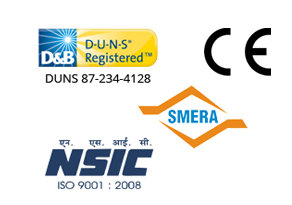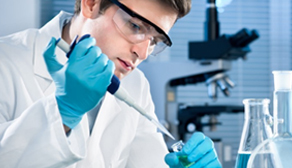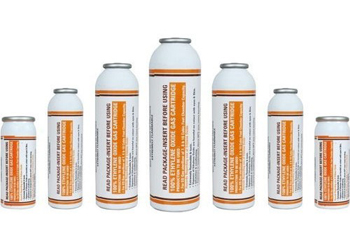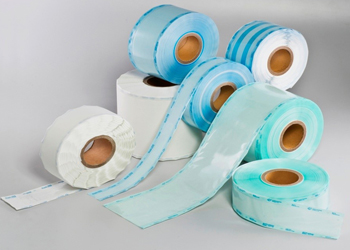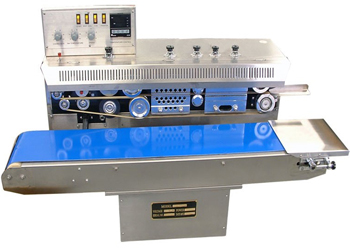Ethylene oxide is used in many products and industries, including household cleaners, disinfectants, detergents, laundry soaps, antifreeze and automotive fluids. It also is used in the manufacturing of medical devices and personal protective equipment.
Sterilization by ethylene oxide is an essential part of the modern healthcare industry. It helps prevent infection and disease, manufactures medications that are safer to deliver, and ensures that medical equipment is not damaged during transport or use.
Ethylene oxide is widely used in the production of chemicals and products. It also is a valuable component of the medical device sterilization process, sterilizing devices such as catheters, needles, surgical tools and implants that are needed to help prevent disease and infection.
Sterilization by Ethylene Oxide is a common sterilization method used to chemically destroy microorganisms on medical devices and products. It is an effective and cost-effective alternative to traditional dry heat or steam sterilization methods, but it does have its limitations. It may cause toxic residuals that can be harmful to human health.
EO can sterilize a wide range of materials, making it an attractive option for many medical devices and products. It is an alkylating agent, meaning it disrupts cellular metabolism and reproductive processes of microorganisms and has a high penetrating power for reaching surfaces.
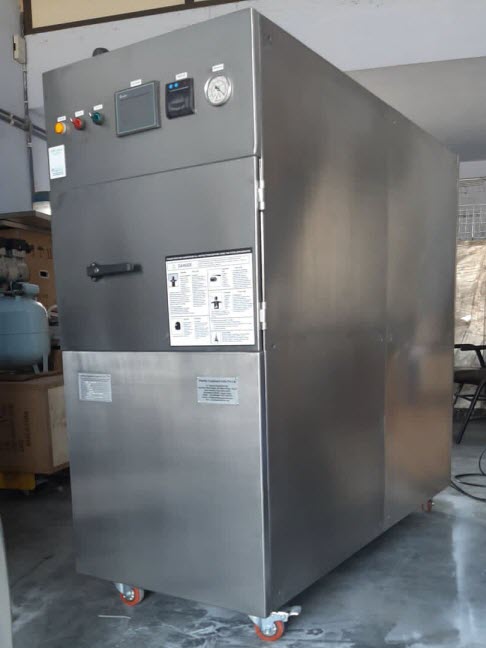
EO Sterilization Process
The EO sterilization process involves a series of steps to ensure a safe and efficient procedure. This includes preconditioning, the introduction of ethylene oxide, and post-sterilization processing.
Preconditioning: Before loading items into the sterilization chamber, they are pre-humidified to a specific level of relative humidity by using steam injections (or similar). This process helps replenish the moisture that was lost during the evacuation phase and also allows the products to aerate more easily when exposed to the ethylene oxide gas in the sterilization chamber.
Exposure Phase: During this phase, the products are exposed to ethylene oxide in a vacuumed and humidified chamber for a period of time that is determined by the specialized cycle design scientist based on product type, load configuration, and desired sterility assurance level. This exposure time is typically 3-6 hours or longer depending on the material and the amount of ethylene oxide used in the cycle.
Sterile Removal: After the EO exposure phase, all of the ethylene oxides that remains within the chamber is removed by performing a series of post-vacuums followed by nitrogen backfill washes. This process can take anywhere from 1 to 6 hours, and it is performed multiple times to ensure that all of the ethylene oxide has been purged from the sterilizer and products.
Nitrogen Dilution: After the sterile removal phase, the ethylene oxide is again introduced into the chamber but this time with the addition of nitrogen to further aid in air removal from the chamber and product. This is done to further reduce residuals and increase safety in the EO sterilization process.
Air Purge: The ethylene oxide vapour is then slowly and safely purged from the chamber, and the products are allowed to off-gas during this time as well. The ethylene oxide concentration in the chamber must fall below the flammable limit for EO.
EO Residual Testing: Any product sterilized with ethylene oxide that comes in physical contact with patients must undergo a series of ethylene oxide residual tests to determine if they meet strict EO residue limits to keep people safe. These EO residuals can include ethylene oxide, ethylene chlorohydrin, and ethylene glycol.
These ethylene oxide residues are toxic and can be carcinogenic to humans at certain levels. Therefore, all ethylene oxide-sterilized medical devices and products must be tested to determine if they meet current EO residual limits set by the FDA. This testing is called simulated use or exhaustive extraction and can be done by either a laboratory or an experienced contract testing organization.
Frequently Asked Questions
1. What is the purpose of sterilization by ethylene oxide?
A. Sterilization by ethylene oxide is used to eliminate microorganisms on medical devices and products. It is a crucial process in the healthcare industry to prevent infection and disease, ensure the safety of medications, and protect the integrity of medical equipment during transportation and use.
2. How does ethylene oxide sterilization work?
A. The process of ethylene oxide sterilization involves several steps. First, there is a preconditioning phase where items are pre-humidified to replenish lost moisture. Then, the products are exposed to ethylene oxide in a vacuumed and humidified chamber for a specific duration determined by cycle design. After exposure, ethylene oxide is removed through post-vacuum and nitrogen backfill washes. Nitrogen dilution is introduced to aid in air removal. Finally, there is an air purge phase where ethylene oxide vapour is safely removed from the chamber and the products are allowed to off-gas.
3. What is the purpose of ethylene oxide residual testing?
A. Ethylene oxide residual testing is conducted to determine if products sterilized with ethylene oxide meet strict residue limits set by regulatory authorities, such as the FDA. This testing is essential to ensure the safety of patients. Ethylene oxide residues, including ethylene oxide, ethylene chlorohydrin, and ethylene glycol, can be toxic and potentially carcinogenic to humans at certain levels.
4. How are ethylene oxide residues tested in sterilized products?
A. Ethylene oxide residues in products are tested through a process called simulated use or exhaustive extraction. This testing is done either by a laboratory or an experienced contract testing organization. The products are subjected to specific extraction methods to determine the levels of ethylene oxide residuals present. The results are compared against current regulatory limits to ensure compliance.
5. What are the limitations and considerations of ethylene oxide sterilization?
A. Ethylene oxide sterilization is effective and cost-efficient but has limitations and considerations. One limitation is the potential for toxic residuals that can be harmful to human health. It is crucial to control and monitor ethylene oxide levels to ensure compliance with safety standards. Additionally, the process requires expertise in cycle design, monitoring, and documentation to optimize sterilization for specific products and packaging. Alternatives to ethylene oxide sterilization are also being explored to address safety concerns and reduce potential adverse impacts on health and the environment.

